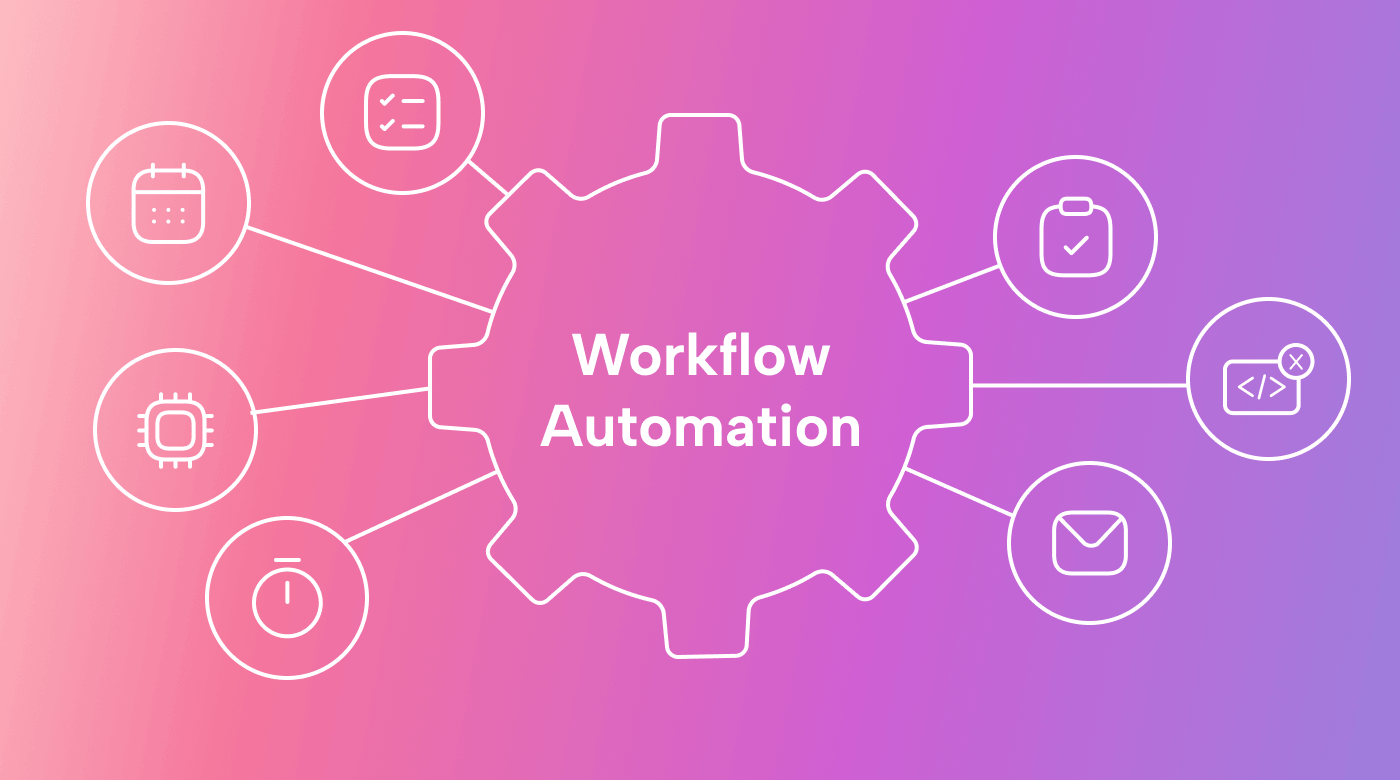The Truth About Workflow Automation: What Most Agencies Don’t Tell You

Workflow automation is one of the most overpromised and underdelivered business strategies of recent years. Everyone talks about automating repetitive tasks, streamlining internal operations, and freeing up time for high-value work. Yet many businesses who invest in automation tools still end up with broken processes, manual workarounds, and frustrated teams.
If you’ve spent money on automation tools but haven’t seen measurable improvements, you are not alone.
At Scalevise, we’ve reviewed dozens of automation projects where companies bought powerful software but didn’t get the outcomes they expected. In almost every case, the problem wasn’t the tool itself. It was the way it was introduced and implemented.
Why Most Workflow Automation Fails
Let’s start with the elephant in the room. Most agencies and consultants push tools like Make, Zapier, HubSpot, Airtable, Notion or even custom APIs before understanding your actual business process. This is like selling a hammer before knowing what the customer wants to build.
When you automate without context, you automate inefficiency. You embed bad logic. You create more complexity.
Many agencies offer so-called ready-made templates. These might work in ideal situations, but most businesses are not standardised. Each team has unique needs, tech stacks, approval flows, and compliance requirements. A one-size-fits-all automation rarely fits anyone well.
And yet, this is the default approach. It is fast. It is scalable for the agency. And unfortunately, it often leads to shallow results for you.
The Hidden Cost of Poor Automation
We’ve seen companies spend over twenty thousand euros on automation projects that had no long-term impact. The automations failed within weeks. Workarounds were created manually. Nobody took ownership of maintenance. And eventually, the system was ignored altogether.
Beyond the wasted budget, poor automation creates something worse. It builds resistance.
Your team starts believing automation doesn't work. Future proposals are met with skepticism. Internal support for innovation dries up. And the real opportunity is lost.
Our Alternative: Strategy Before Software
At Scalevise, we follow a different playbook.
We begin by understanding the actual business goals. What are the pain points. Where are the delays. What tasks drain your team. What information is being lost in handovers. What systems are being double-entered.
From there, we document the existing flow. We interview the people involved. We strip away what's unnecessary and simplify the core logic.
Only when we know what needs to be built, we choose the technology. This can be Make.com for visual low-code workflows, or Airtable for structured operations. In other cases, we build custom middleware for full control.
The end result is not just automation. It’s clarity. Your team knows exactly what is being triggered, when, why, and what to do if something fails.
Want to see how this works in practice
Read how we automated a full project administration system using Jira, Airtable and Make
https://scalevise.com/resources/jira-make-airtable-automation/
Automation Without Adoption Is Useless
Another thing most agencies ignore is user adoption. You can build the smartest workflows, but if your team doesn’t understand them or doesn’t trust them, they won’t use them.
We include simple dashboards in every solution. Not complex charts. Just clear overviews of what happened and what’s pending. No black box logic. No guessing. Just full visibility.
We also assign ownership. Someone in your team is always in control of the system. That accountability means fewer errors and more engagement.
Tool Fatigue Is Real
Many companies are overwhelmed by tools. They try to integrate Slack, Trello, Notion, Airtable, Zapier and more. The result is fragmentation. Each team member has their own tools. Data is spread across silos. Nothing connects.
This is where automation can either solve the problem or make it worse.
We see automation as a way to simplify. Not to add more. Often, we eliminate tools instead of adding new ones. Or we unify them behind one workflow engine.
Read our article about companies switching from Power BI to custom dashboards for real-time control
https://scalevise.com/resources/power-bi-vs-custom-dashboards/
How to Know You’re Ready for Automation
Before starting an automation project, ask yourself a few questions.
Do we have a clear goal for this automation
Is the current process already working, even if manually
Are our systems stable, or still changing every month
Does our team support the idea, or are we forcing it
Can we measure success once it’s implemented
If your answers are unclear, take a step back. Get clarity first. You might not need automation. You might need a better process.
Not sure where to start
Try our free AI Quick Scan for an instant diagnosis of automation opportunities
https://scalevise.com/scan
Conclusion
Workflow automation is a powerful tool. But only if it's applied with strategic thinking and technical clarity. The real truth is that most agencies sell simplified promises because that’s what sells fast.
At Scalevise, we prefer to deliver long-term value. We redesign your workflows before we touch any tool. We automate only what’s worth automating. And we make sure your team is in full control.
If you’re serious about automating the right way
https://scalevise.com/contact
